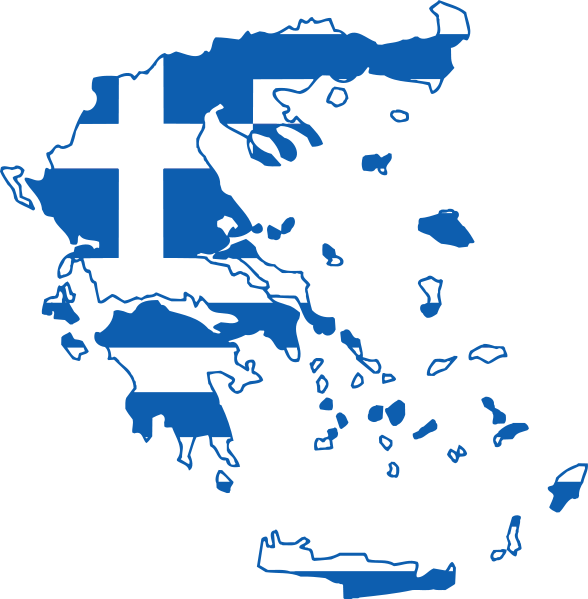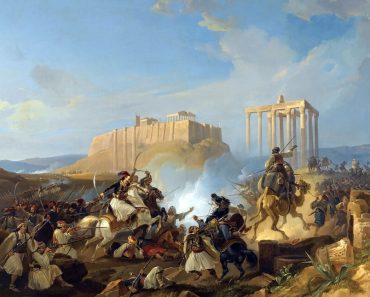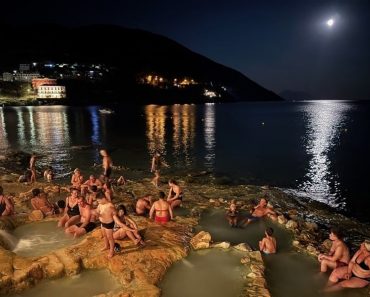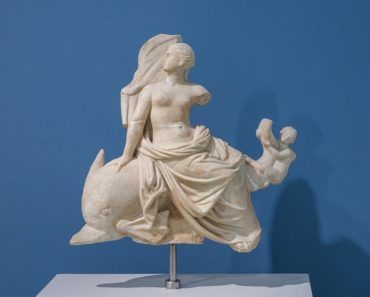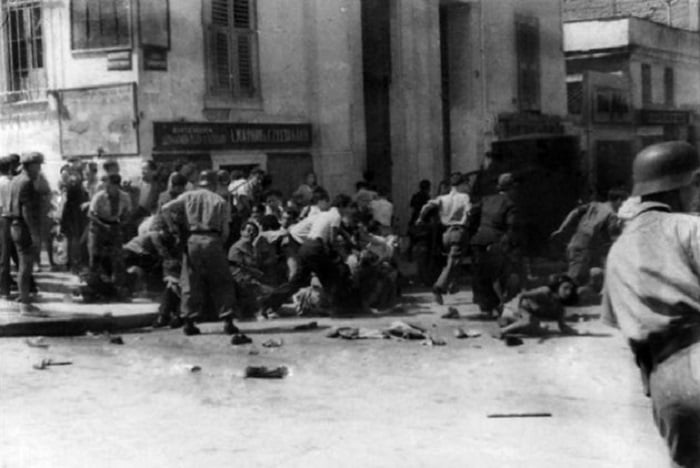
Greeks have a passionate love affair with Macedonia, and even during the darkest hour of modern Greek history during the brutal occupation of the Nazis, they were prepared to risk their lives to hold on to the province Greek.
On July 22, 1943, a massive protest took place in Axis-occupied Athens against the German plans to expand the Bulgarian occupation zone in Macedonia. Early in July 1943, Adolf Hitler requested that the Bulgarian government extend its occupation zone to encompass additional territory in Greece.
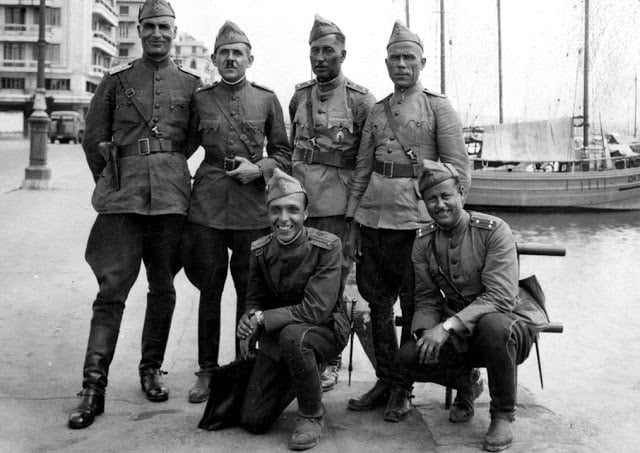
Bulgaria had already officially annexed parts of Macedonia and Thrace on May 14, 1941. A massive campaign of colonization was launched, which saw all Greek officials (mayors, school-teachers, judges, lawyers, priests, gendarmes) deported.
Ban on Greek language in Macedonia
A ban was placed on the use of the Greek language, and the names of towns and places were changed to Bulgarian.
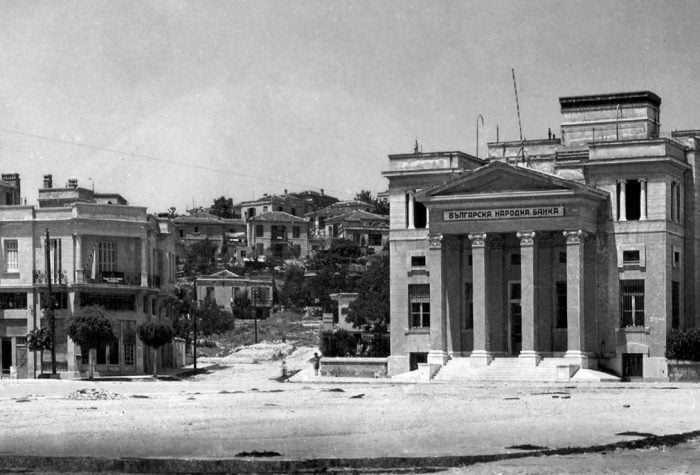
In addition, the Bulgarian government attempted to alter the ethnic composition of Macedonia by expropriating land and homes from Greeks in favor of Bulgarian settlers. Measures such as forced labor and economic restrictions were also introduced in an effort to pressure Greeks to migrate.
The alteration of the ethnological makeup of Eastern Macedonia and Thrace had already begun by March 1941, even before the Bulgarian army’s invasion. Anticipating the prospect of Bulgarian occupation, many Greeks began fleeing—primarily to other parts of Greece and in some cases from Thrace into Turkey. This exodus intensified following the Bulgarian military’s incursion into the region on April 20, 1941.
News that Bulgaria intended to expand its occupation further into Macedonia sparked outrage among Greeks. A large-scale protest strike, which effectively brought Athens to a standstill for almost 24 hours, was launched on July 13th in Athens. Similar protests were organized in Thessaloniki and smaller cities across Northern Greece.
Occupiers crush demonstration
A second general strike was organized by EAM on July 22nd. Between 100,000 and 300,000 (or even 400,000 according to some sources) people rallied in central Athens.
A massive crowd attempted to march from Omonoia Square towards Syntagma Square along Panepistimiou Street but was met with a barricade erected by mechanized German army units, Italian cavalry, and Greek collaborationist police.
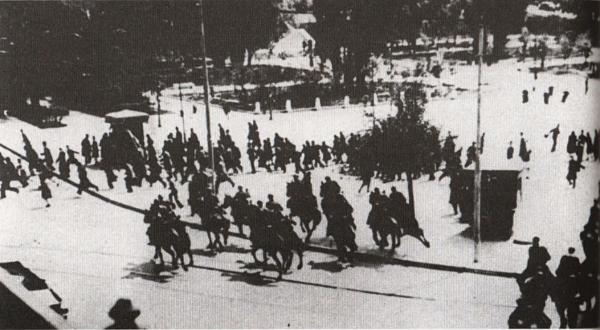
Protesters were fired upon as they attempted to breach the barricade and were forced to withdraw, leaving behind twenty-two dead and several hundred wounded. Workers and university students participated in large numbers in the protest for Macedonia. Several were killed, either run over by armored vehicles or fired upon.
Among them, were Panagiota Stathopoulou and Koula Lili, two of the most remembered today.
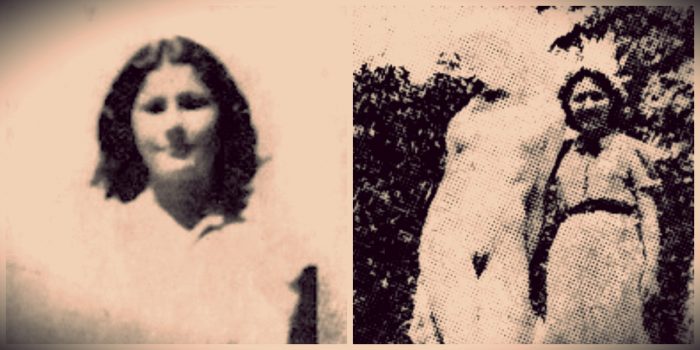
Soon after the protest, the plans to extend the Bulgarian occupation zone were postponed indefinitely and never materialized.
